Introduction
Braunschweig University of Fine Arts, also known as the Braunschweig Academy of Fine Arts, is an influential public art college in Lower Saxony, north-central Germany. It is internationally oriented, focuses on interdisciplinary learning and communication, and cultivates students' creativity and artistic practice.
Overview
Student size: Currently, there are about 1,200 students studying here, and students come from 39 countries around the world.
Faculty: There are a group of professors and professional teachers with rich teaching and creative experience in the field of art, providing professional guidance and support for students.
History and establishment time
The history of the school can be traced back to the "Painting Academy" founded by the Brunswick Business Association in 1841. After several stages of development, its true predecessor, the Brunswick Municipal School of Applied Arts, was established in 1952.
In 1963, the school was officially renamed the Brunswick Academy of Fine Arts.
In 1972 Since 2000, the school has been equivalent to the academic university of Lower Saxony. A few years later, it was included in the Higher Education Act of Lower Saxony and became a university that emphasizes both art and science, and obtained the right to confer doctoral degrees and professorships.
School Strength
Teaching Facilities: The school is equipped with excellent teaching facilities, such as well-equipped studios and laboratories, which provide ideal working conditions for students' creation and practice.
Course Setting: There are professional courses such as undergraduate, master and education master, covering liberal arts, media arts and sciences, communication design, industrial design, art education, performing arts and other fields, meeting the learning needs of different students.
International Exchange: As an art college with an international orientation, the school actively carries out international exchange and cooperation projects, providing students with a broad international perspective and exchange opportunities, and enhancing students' competitiveness on the international art stage.
Institutional Nature
Public art college.
Educational Philosophy
Openness and Interaction: Emphasis on openness and creative interaction between teaching and learning, encouraging communication and cooperation between students and professors, and between students, through individual projects, discussions, etc. form, promote knowledge sharing and the cultivation of innovative thinking.
Interdisciplinary learning: Support students to combine knowledge and skills in different disciplines, break the boundaries of traditional disciplines, cultivate students' comprehensive literacy and interdisciplinary problem-solving ability, so as to better adapt to the diversified needs of modern society for artistic talents.
Key laboratories and disciplines
Key disciplines: Art science, media art, communication design, industrial design, and transportation design are the key disciplines of the school. The teaching and research results in these fields are remarkable, providing students with cutting-edge professional knowledge and practical opportunities.
Key laboratories: The school did not explicitly mention the key laboratories in the traditional sense, but it has well-equipped studios and laboratories, which provide strong support for students to carry out artistic creation, experimental research, etc.
Department
The school's majors are roughly divided into three categories: pure art, information communication, and theory, including liberal arts, media art and science, communication design, industrial design, art education, performing arts, visual communication, art history and other majors.
Ranking
The Brunswick Academy of Fine Arts is the second largest art academy in Germany.
Expenses
The tuition fee per semester is about 360 euros, including student discount transportation card.
Campus
Campus buildings: The campus has award-winning new buildings built in 1984 and renovated multi-storey old factory buildings, which provide unique spaces for art courses and studios. The school's library is built with some building materials from the Mexico Pavilion at the 2000 World Expo. It has a unique shape and an artistic atmosphere.
Campus life: The school provides students with a rich and diverse campus life, including various art exhibitions, performances, lectures and other activities, creating a strong artistic atmosphere and promoting artistic exchanges and interactions among students.
-
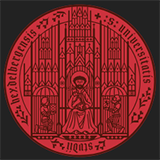
Heidelberg University
-
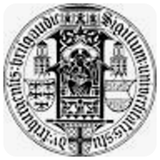
University of Freiburg
-
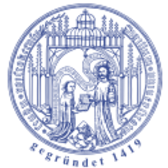
University of Rostock
-
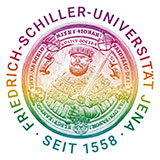
University of Jena
-
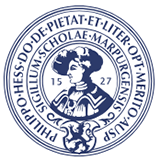
University of Marburg
-
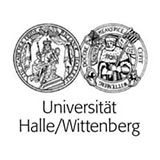
University of Halle-Wittenberg
-

University of Bayreuth
-

Leipzig University
-

University of Tübingen
-
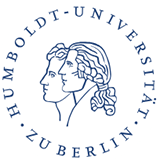
Humboldt University of Berlin
-

Mesoamerican University
-

Istmo University
-

Mariano Galvez University of Guatemala
-

Regional University of Guatemala
-

Galileo University
-

Francisco Marroquín University
-

Rafael Landívar University
-

University of the Valley of Guatemala
-

University of San Carlos of Guatemala
-

Technological Institute of Tlaxcala Plateau
-

Golfo University
-

Technological University of South Sonora
-

Technological University of Huejotzingo
-

Tizimín Institute of Technology
-

Chilpancingo Institute of Technology

